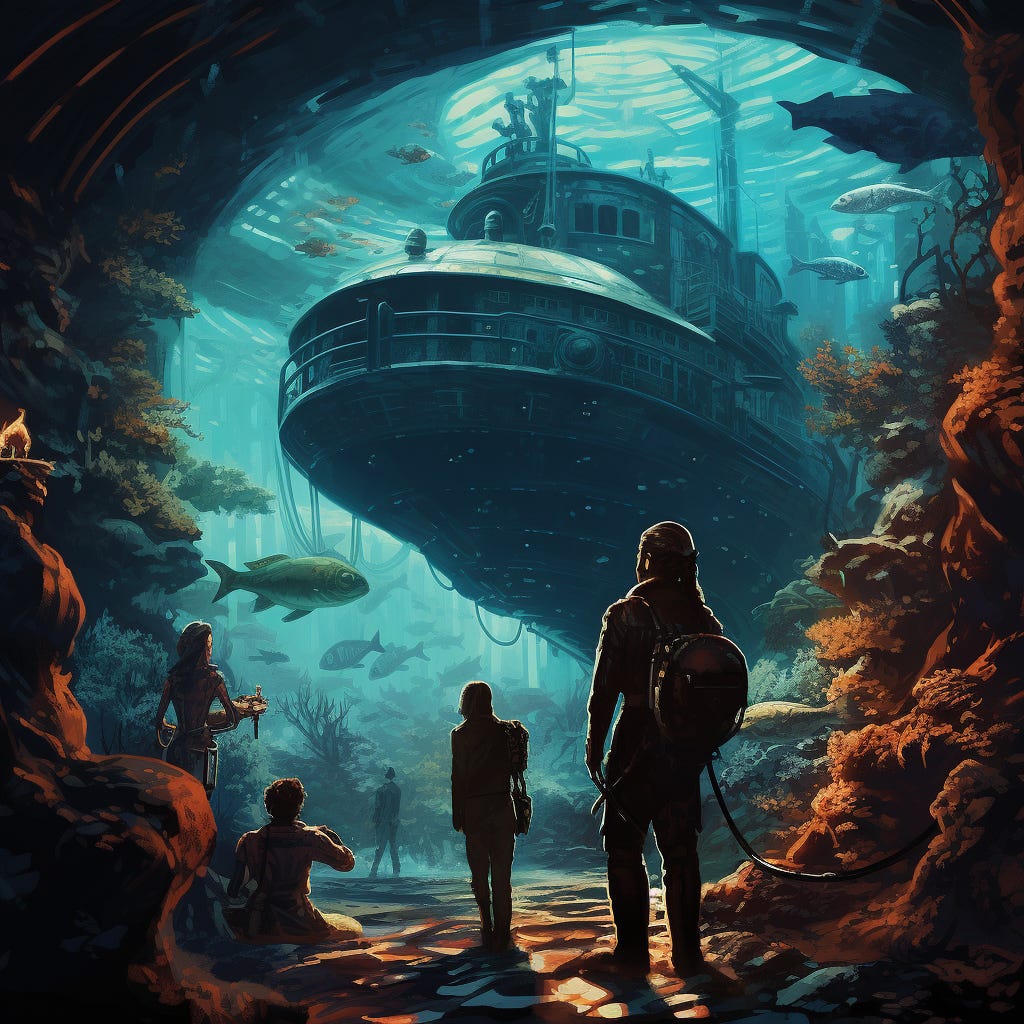Jules Verne's World: 20,000 Leagues Under the Sea
This iconic work of Verne takes us on an extraordinary journey into the depths of the ocean aboard the enigmatic submarine, the Nautilus, commanded by the mysterious Captain Nemo.
Jules Verne, the celebrated French author, is renowned for his captivating tales of adventure, exploration, and scientific curiosity. Among his many literary masterpieces, "20,000 Leagues Under the Sea" stands as a shining gem that has not only enthralled readers for generations but has also made a lasting impact on the world of cinema.
This iconic work of Verne takes us on an extraordinary journey into the depths of the ocean aboard the enigmatic submarine, the Nautilus, commanded by the mysterious Captain Nemo. Published in 1870, the novel was far ahead of its time, envisioning a world where advanced technology allowed humans to explore the hidden wonders of the sea. Verne's meticulous attention to detail and imaginative storytelling captivated readers and sparked the imaginations of countless generations.
However, Verne's influence didn't stop at literature. In the early 20th century, the visionary director Georges Méliès brought "20,000 Leagues Under the Sea" to life on the silver screen. His adaptation, released in 1916, is not only a testament to Verne's enduring appeal but also a significant milestone in the history of cinematic storytelling.
Stuart Paton, the American director behind this cinematic masterpiece, breathed new life into Verne's narrative. He skillfully adapted the story, drawing from not only "20,000 Leagues Under the Sea" but also Verne's "Mysterious Island," weaving together an unforgettable underwater adventure that would captivate audiences of its time.
What truly set Paton's adaptation apart was its groundbreaking special effects, the elaborate set designs, and the exotic costumes that brought Verne's world to life in vivid detail. This film was a dynamic achievement of its era, pushing the boundaries of what was possible in filmmaking.
To put it in perspective, media historian Hal Erickson noted the colossal budget of 200,000 American Dollars allocated for the film—a staggering sum for that period. This budgetary commitment was so significant that it temporarily disrupted the adaptation of all of Jules Verne's works to the silver screen for the following 12 years.






